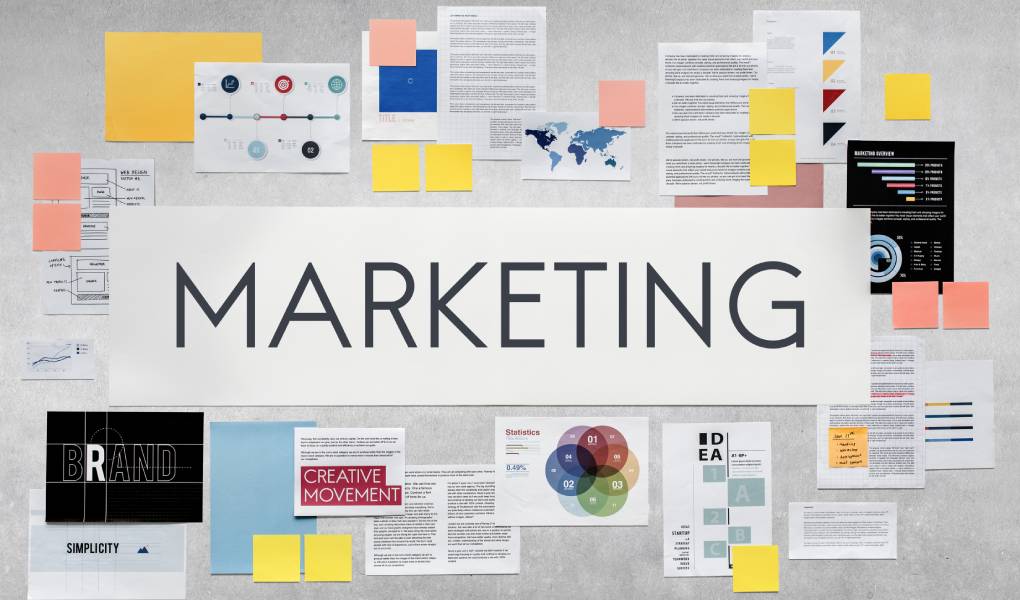Table of Contents
1: Mobile Marketing
Mobile traffic already dominates the Russian Internet. According to the agency SlickJump, in August this year, the share of Internet access from mobile devices rose to 81% of the total. Accordingly, computers and laptops accounted for 19% of online traffic. SlickJump predicts further growth in mobile traffic.
Statista says mobile devices will account for 51% of ad spending in 2022 versus 49% on stationary devices.
2: Artificial Intelligence
According to Gartner, 75% of companies will use artificial intelligence by 2024. According to Deloitte, it will help combine two marketing tactics:
A. Personalized Suggestions At The Right Time
How to offer the user the best offer and do it when he needs this offer the most? Analysts can determine this, but only after long calculations and research. And artificial intelligence can make decisions at the moment, analyzing information about the user and forming a suitable proposal.
B. Quality Of Service
Artificial intelligence technology alone is not enough for this yet. Behind the algorithms, there should be real people – company representatives who will help solve a problem, answer a question, and “warm-up” the audience.
3: Hybrid Experiences
Personalized offers engage the user and motivate them to interact with the brand. However, consumers want to receive offers from brands on channels where they spend a lot of time. According to an international study by Deloitte, a young audience is ready to make purchases through social networks, through voice assistants, through a VR headset.
But this does not mean that companies need to develop all-new channels and place bets on new services necessarily. It is essential to consider the audience’s interests and offer a hybrid experience – when users interact with the brand through the channels they like.
Example: Blue Cross is a health insurance company using a hybrid approach. The company interacts with young users through applications and social networks and with older customers through traditional calls and personal contacts. This allows Blue Cross to respond to customer requests and increase customer loyalty.
4: Opt-Out Of Third-Party Cookies
In 2022, Google will begin testing the rejection of third-party cookies in the browser, and in 2023 the company plans to disable them altogether. The creators of the Firefox and Safari browsers have already opted out of third-party cookies. Yandex, by default, restricts the transfer of cookies to other sites.
The rejection of third-party cookies is based on the user’s request for the confidentiality of information. Users require their data to be protected. They don’t like it when interests and visits are reported to advertisers.
With the help of third-party cookies, marketers received additional data about the user’s interests: what sites they visit, what topics they read, what products they buy. Experts actively use this information to set up targeting and audiences in advertising.
Opt-out of third-party cookies will not result in an opt-out of targeted ads. You can also bypass the ban on the use of third-party cookies if:
- Collect user data: email and phone numbers can be used to set up look-alike ads.
- Collect your own – First-party cookie: when a user leaves a request on the site, his identifier can be transferred to CRM – so you will see the traffic sources that brought the visitor.
- Use Second party cookies: share data with other companies. To do this, you need to sign an agreement with partners and indicate that you can transfer the data to third parties in the user agreement.
- Provide authorization on the site via User ID – identifiers that will be tied to a CRM or database and will be able to track different user devices.
Also, instead of using third-party cookies, Google is developing the Google Privacy Sandbox platform, which protects user data. The platform will collect information about which sites the user visits and, based on this data, decide which interest groups and characteristics to place him.
5: Collect Your Data For Analysis
Cookies are used not only for targeting but also for evaluating the effectiveness of advertising. Before third-party cookies are turned off, marketers will have to find a new way to collect data. You can follow the path of Google – instead of collecting personal information, form user cohorts. This will help target ads but not analyze performance.
Deloitte surveyed CEOs of high-growth companies – 61% of respondents will switch to their data collection. For example, using CRM marketing – receiving email addresses and phone numbers in exchange for a discount or newsletter with exciting content.
Companies should collect user data independently rather than relying on advertising services. One of the tools for collecting and storing data is Roistat end-to-end analytics.
It collects information from CRM, the site, advertising offices, call tracking, and generates timely reports with tables and graphs. You will find out how users behave after clicking on an advertisement – what percentage of the audience leaves an application, how many people buy a product. Understand which channel is profitable and which is lost.
In Brief: Marketing Trends 2024
Marketing Trends 2022 does not promise a magic pill to improve ad performance and increase profits. However, they will help you adjust your marketing strategy.
- The audience is increasingly using smartphones to access the Internet; it may be worth reorienting your marketing to mobile.
- Artificial intelligence technologies are actively developing; it is essential to keep them in mind.
- Take a hybrid approach to communications: focus on the channels your users prefer.
- In 2022, it is worth preparing for browsers to stop using third-party cookies.
- Collect as much user data as possible yourself.



